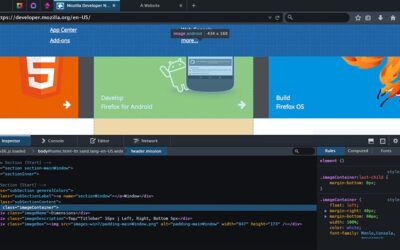and host-based :
security software to detect malicious activity, protect systems and data, and support incident response efforts. Accordingly, security software is a major source of computer security log data. Common types of network-based and host-based security software include the following
Network Quarantine Servers : Some organizations check each remote host’s security posture before allowing it to join the network. This is often done through a network quarantine server and agents placed on each host. Hosts that do not respond to the server’s checks or that fail the checks are quarantined on a separate virtual local area network segment. Network quarantine servers log information about the status of checks, including which hosts were quarantined and for what reasons.
Routers : Routers may be configured to permit or block certain types of network traffic based on a policy. Routers that block traffic are usually configured to log only the most basic characteristics of blocked activity.
Web Proxies : Web proxies are intermediate hosts through which Web sites are accessed. Web proxies make Web page requests on behalf of users, and they cache copies of retrieved Web pages to make additional accesses to those pages more efficient. Web proxies can also be used to restrict Web access and to add a layer of protection between Web clients and Web servers. Web proxies often keep a record of all URLs accessed through them.
Vulnerability Management Software : Vulnerability management software, which includes patch management software and vulnerability assessment software, typically logs the patch installation history and vulnerability status of each host, which includes known vulnerabilities and missing software updates.5 Vulnerability management software may also record additional information about hosts’ configurations. Vulnerability management software typically runs occasionally, not continuously, and is likely to generate large batches of log entries.
Remote Access Software : Remote access is often granted and secured through virtual private networking (VPN). VPN systems typically log successful and failed login attempts, as well as the dates and times each user connected and disconnected, and the amount of data sent and received in each user session. VPN systems that support granular access control, such as many Secure Sockets Layer (SSL) VPNs, may log detailed information about the use of resources.
Antimalware Software : The most common form of antimalware software is antivirus software, which typically records all instances of detected malware, file and system disinfection attempts, and file quarantines. 3 Additionally, antivirus software might also record when malware scans were performed and when antivirus signature or software updates occurred. Antispyware software and other types of antimalware software (e.g., rootkit detectors) are also common sources of security information.
Intrusion Detection and Intrusion Prevention Systems : Intrusion detection and intrusion prevention systems record detailed information on suspicious behavior and detected attacks, as well as any actions intrusion prevention systems performed to stop malicious activity in progress. Some intrusion detection systems, such as file integrity checking software, run periodically instead of continuously, so they generate log entries in batches instead of on an ongoing basis.
Firewalls : Like routers, firewalls permit or block activity based on a policy; however, firewalls use much more sophisticated methods to examine network traffic.6 Firewalls can also track the state of network traffic and perform content inspection. Firewalls tend to have more complex policies and generate more detailed logs of activity than routers.
Authentication Servers : Authentication servers, including directory servers and single sign-on servers, typically log each authentication attempt, including its origin, username, success or failure, and date and time.






0 Comments